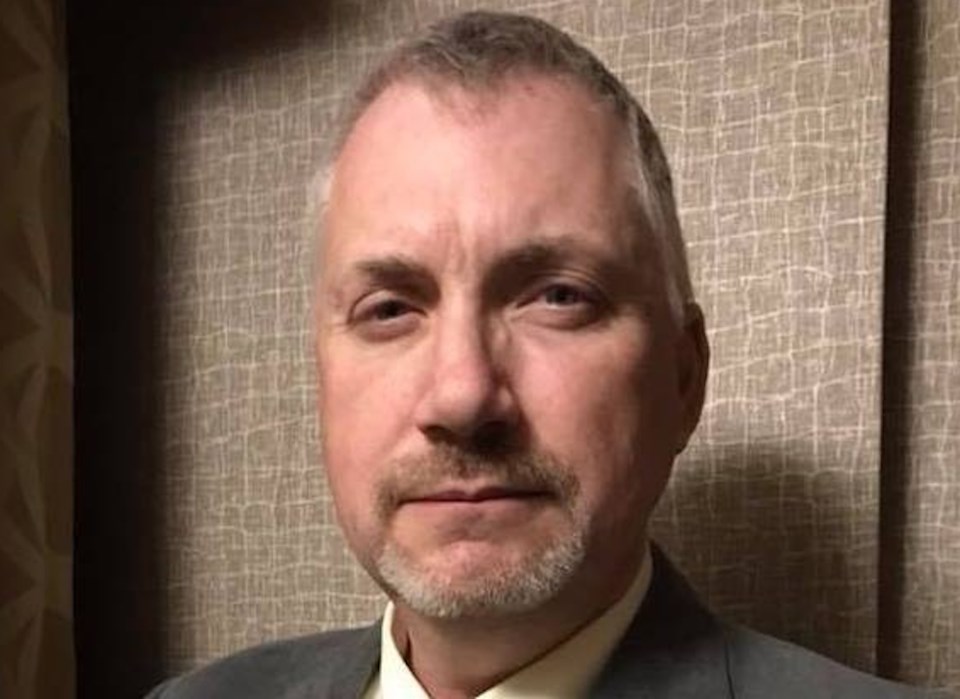WESTLOCK — With Alberta facing substantial issues of drought, Westlock County has joined in the province-wide collaborative effort to prepare for the future.
Westlock County’s chief administrative officer Tony Kulbisky reports that the county’s water levels appear stable but is looking to do a water assessment mapping and a detailed water shortage plan through the area.
“We are realizing that we do not have a detailed water shortage plan and will be working on it in the coming weeks with our water commissioner to have a better understanding and to accurately communicate it to the public,” said Kulbisky.
As one of the three municipalities yet to work on a detailed water plan, Kulbisky expressed that they are also working on an educational plan that will be posted on their websites and social media to reinforce the message.
While he initially thought the drought was exclusively a southern Alberta issue, Kulbisky says upon further research, he realized and understood why the drought is a province-wide issue and should be tackled as such.
Kulbisky doubts that Westlock County will be asked to reduce its water usage because it has been significantly low. In 2023, they used a total of 69,428 cubic metres and have an estimation of 72,000 cubic metres for 2024, which he says is not a lot compared to other areas.
“Looking at the mapping of the water bodies in the area, we are blessed with a lot of water holes we can draw from.”
He explained that knowing that the municipality and residents don’t make the majority of the water usage, he believes it is probably the industries and private properties in the location.
“I think the bigger challenge is the individual water licences for wells that people have on their private properties,” he said.
In an effort co convince private owners of wells to be part of the solution, Kulbisky says they will ask them for voluntary compliance to reduce their water usage and must take their word for it.
Given the inevitability of forest fires, especially with how dry it has been recently, Kulbisky expressed his worries about lightning sparking fires in the northeastern part of the county that is next to a forest.
“I love that the province is looking at water-sharing agreements because this drought requires a collective effort," he aid.
“We were very active last year. We also had crews supporting other municipalities during fires. The only issue we had was the response time, so we hope to respond earlier than we previously did.
“We do not have the luxury of fire hydrants everywhere here in rural areas, that is why we have to be mindful of where our water bodies are located.”
Like how our forefathers responded to drought by collecting rainwater, Kulbisky says his "rural perspective" is that we treat snow the same and collect it to supplement our water needs.
“We should learn from our history and use the same effective methods because they still work, and if we keep playing our parts, big or small, it will tremendously help in the long run.”
Additionally, he reiterated proactive measures for fires such as being attentive to anything that could potentially start a fire and avoiding activities such as burning garbage and leaving it unattended so as not to contribute to fires.



